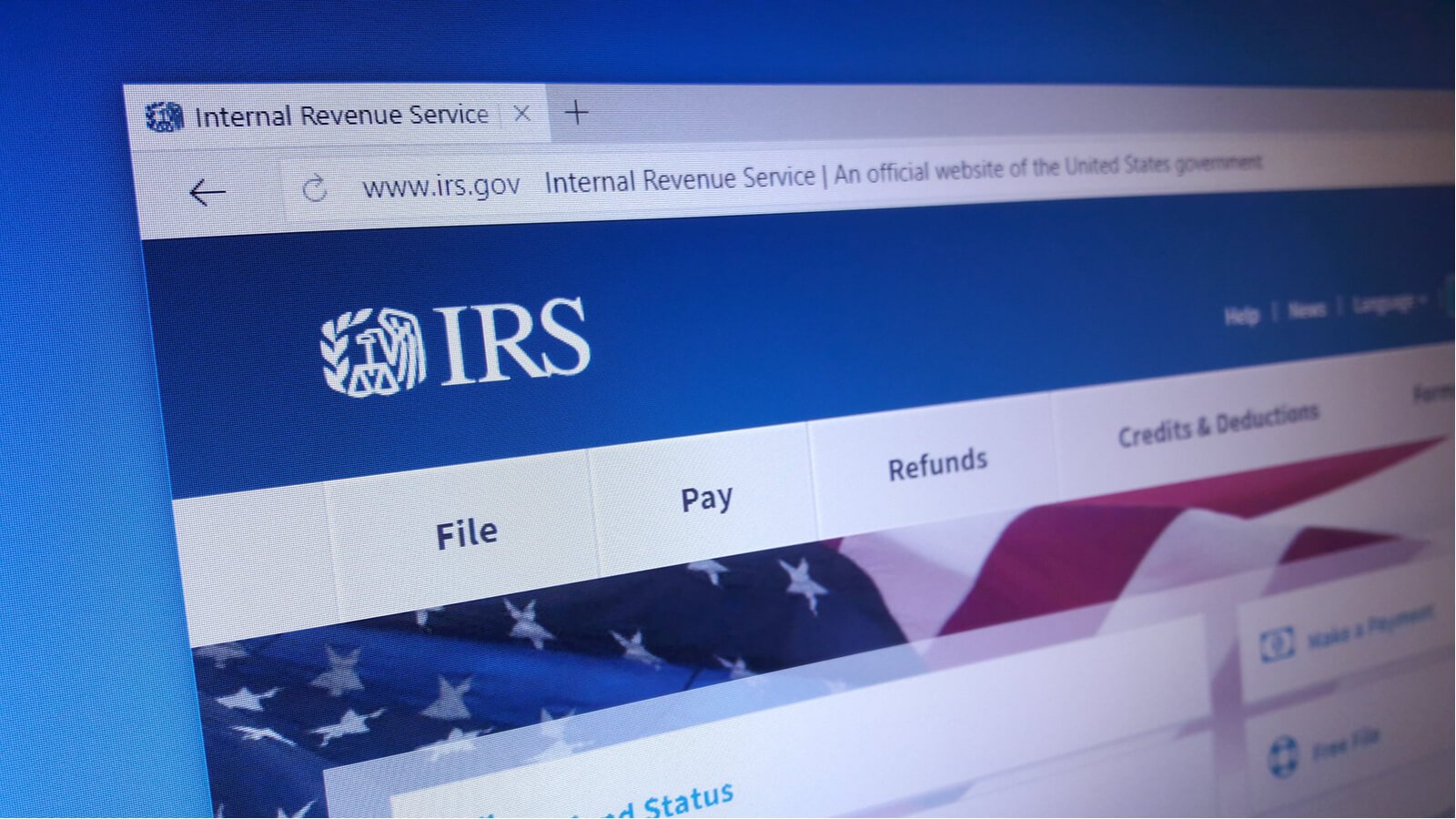When a tax bill feels too big to pay all at once, the IRS offers an option: the installment agreement. This structured payment plan lets you break up your balance into manageable monthly payments—without facing aggressive collection actions.
But setting it up requires knowing your options, gathering the right documents, and following a few key steps. Below, we walk through the types of plans available, how to apply, what they cost, and when they make sense.
Contents |
| What is an IRS installment agreement? |
| Installment Agreement Options |
| How to Apply for an IRS Installment Agreement |
| What does it cost to set up the agreement? |
| Are there other payment options? |
What is an IRS installment agreement?
An IRS installment agreement is a formal payment plan that allows taxpayers to pay off their tax balance over time in monthly installments, instead of all at once. It's not a way to reduce the amount you owe—interest and penalties may still apply—but it can prevent more serious collection actions like levies or liens, as long as you stick to the terms.
These agreements are especially helpful if your tax bill is larger than what your current cash flow allows. Rather than delaying payment and racking up additional penalties, an installment agreement shows the IRS you’re taking responsibility and working toward full repayment.
There are two main types of installment agreements—short-term and long-term—each with different timelines, setup processes, and eligibility criteria. Let’s take a look at how these options work.
Installment Agreement Options
Short-Term Payment Plan
If you can pay your full balance within 180 days, this is your simplest option. Short-term plans are typically easy to set up and don’t come with any setup fees. But keep in mind: penalties and interest will still accrue while you’re paying it down.
This is a good fit if your tax bill feels tight right now—but manageable with a few months of breathing room.
Long-Term Payment Plan
If you need more time, the IRS offers long-term agreements that stretch up to 72 months (six years). These are designed for individuals who owe $50,000 or less in combined tax, penalties, and interest.
Long-term plans come with a setup fee (more on that below), but they provide structure—and stop more aggressive IRS collection efforts, as long as you stay current on payments.
Both options can be applied for online, and the process is usually straightforward—especially if you owe less than $50,000. Still unsure which path is right for you? The IRS offers a detailed breakdown of available plans, eligibility criteria, and how interest and penalties apply. You can explore it all on their official IRS payment plans page.
How to Apply for an IRS Installment Agreement
Before applying, ensure all your tax returns are filed and up to date. Then, follow these steps:
Step 1: Determine Your Eligibility
You can apply online if:
- You owe $50,000 or less in combined tax, penalties, and interest.
- All required tax returns have been filed.
If you owe more than $50,000, you’ll need to apply by mail and may be required to submit additional documentation.
Step 2: Create an IRS Online Account
If you don't have one already, you'll need to create an IRS Online Account to apply online. This account allows you to view your tax information, make payments, and manage your payment plan. To create an account, visit the IRS Online Account page. Need help getting started? Follow our step-by-step guide to creating an IRS Online Account.
Step 3: Submit Your Application
Apply online through the IRS Online Payment Agreement tool. If you don't qualify for online setup, complete and mail Form 9465, Installment Agreement Request. For balances over $50,000, you may also need to submit Form 433-F, Collection Information Statement, detailing your financial situation
Step 4: Wait for Approval
The IRS typically responds within 30 days. Once approved, you'll receive confirmation and instructions to begin payments.
Step-by-Step: How to Apply for a Payment Plan Online
- Log in to your IRS Online Account
Go to irs.gov and sign in with your IRS username and password. - Navigate to the “Payments” tab in the top menu
From the dashboard, select Payments and then click Payment Options in the dropdown. - Choose “Create a Pre-Assessed Payment Plan”
On the Payment Options page, look for the section titled “Create a Pre-Assessed Payment Plan.” This is where you can apply for either a short-term or long-term installment agreement.

- Follow the prompts
Select the type of plan you need. You’ll be asked to confirm your balance, enter your desired monthly payment amount, choose your payment method, and review the terms. - Submit your request
After submitting, you’ll receive confirmation that the request is under review. Most responses come within 30 days.
What If You Need to Paper File?
If you owe more than $50,000 or don't qualify for the online system, you'll need to:
- Complete Form 9465, Installment Agreement Request.
- Possibly submit Form 433-F, Collection Information Statement, providing details about your income, assets, and monthly expenses.
- Mail the forms to the appropriate IRS address listed in the Form 9465 instructions.
Paper filing takes longer, and your payment plan won't be active until the IRS has reviewed and approved it.
What does it cost to set up the agreement?
Setting up a payment plan with the IRS isn’t free—unless you’re on a short-term plan. The fee you’ll pay depends on how long you need to pay off your balance and how you make your payments.
Here’s what to expect:
- Short-term payment plan (180 days or less):
$0 setup fee
You’ll still owe penalties and interest until the balance is paid in full, but there’s no fee to set up the plan. - Long-term payment plan with automatic withdrawals (Direct Debit):
$22 setup fee
This is the lowest-cost long-term option, and payments are made automatically from your bank account. - Long-term payment plan with manual payments (non-Direct Debit):
$69 setup fee
This applies if you plan to pay by check, online transfer, or debit/credit card. Penalties and interest still apply. - Revising or reinstating a plan:
$10 fee
You may owe this if you need to make changes to an existing agreement or reinstate a plan after defaulting.
Low-income exception:
If you meet the IRS’s low-income criteria, you may qualify to have your setup fee reduced or waived. In some cases, the fee is reimbursed after successful payments.
For more details or to apply online, visit the IRS Online Payment Agreement Application.
Are there other payment options?
An installment agreement isn’t your only choice. Depending on your financial situation, other IRS programs might be a better fit:
- Offer in Compromise: Settle your tax debt for less than the full amount if you can prove paying in full would cause financial hardship.
- Currently Not Collectible status: Temporarily pause collection efforts if you can’t afford any payments right now.
- Full payment through IRS Direct Pay: If you can resolve the balance with one payment, this is the fastest and most cost-effective option. Not sure how IRS Direct Pay works? Check out our step-by-step guide to using IRS Direct Pay to walk through the process.
Each option has its own rules, and choosing the right one depends on your income, assets, and how much you owe.
The bottom line
If you're facing a tax bill you can’t pay in full, an IRS installment agreement can be a smart way to stay compliant and avoid enforcement actions. It won’t reduce your debt, but it can make the repayment process more manageable—especially if you choose the right plan and apply correctly.
Need help setting up an agreement or reviewing your IRS notice? Schedule a consultation with our team at DiMercurio Advisors. We’ll walk you through your options and help you stay on track.








